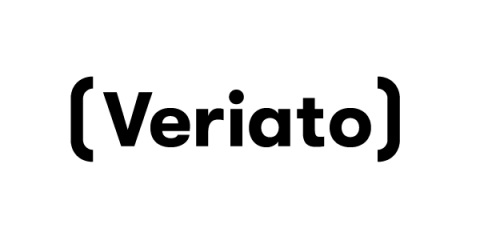Security Orchestration Use Case: How to Automate Threat Hunting?
Threat hunting is the practice of iteratively and proactively hunting for threats or Advanced Persistent Threats (APT) that are launched by adversaries. Unlike traditional security systems such as antivirus program, firewalls, or SIEM, who use a reactive approach to threats, threat hunting utilizes a proactive approach to pursuing threats even before they compromise organization’s network or IT infrastructure.









